Turn screen time into productivity by switching gears from social media and video games to making original songs and learning new skills.
Electronic Music Production turns your child into a creative, confident producer who can create their own original tracks spanning all genres, sample their favorite songs, and use Ableton Live.
You’ll be sharing your child’s excitement when you hear what they create!
Unleash your child’s inner beatmaker through EMP Private Lessons, Group Lessons, or Summer Camps.
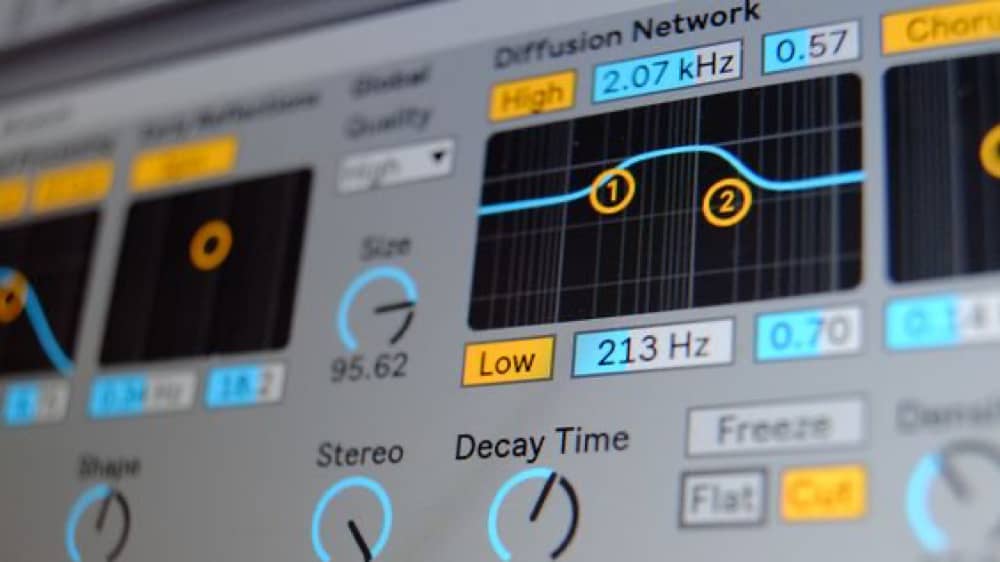
Learn how to use a Digital Audio Workstation (DAW) – a producer’s primary instrument.
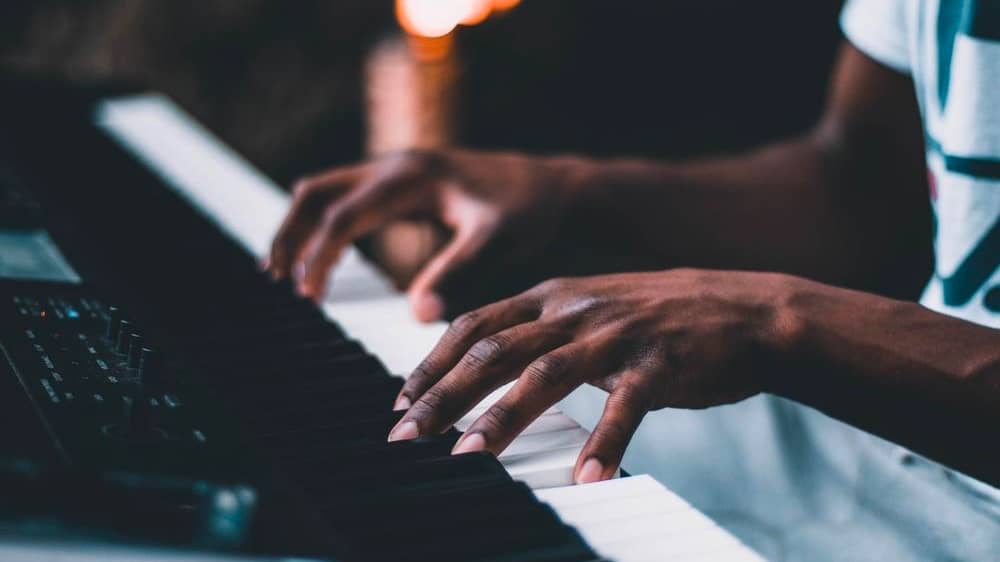
Write beats, hooks, melodies, harmonies, and bass-lines and learn how they work together to tell a story.
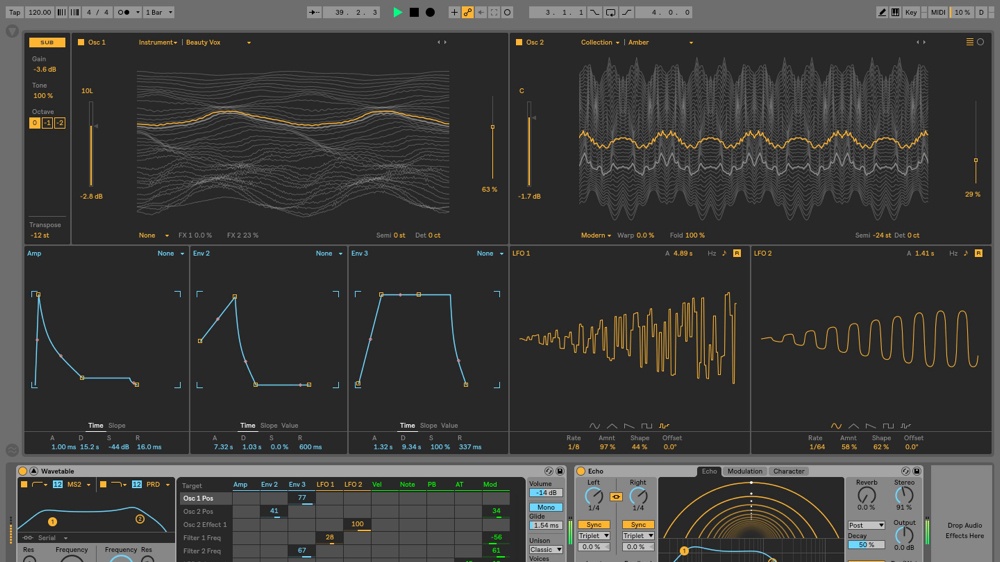
Craft unique sounds with stunning detail that bring your song to life through movement and character.
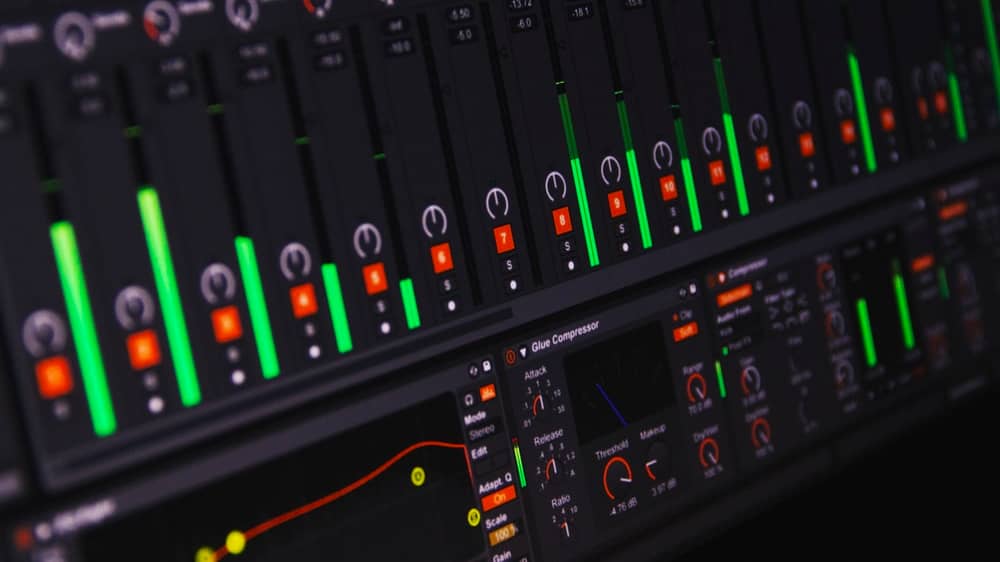
Engineer your song after it is written, designed, and arranged to make it sound as pleasing to the ear as possible.
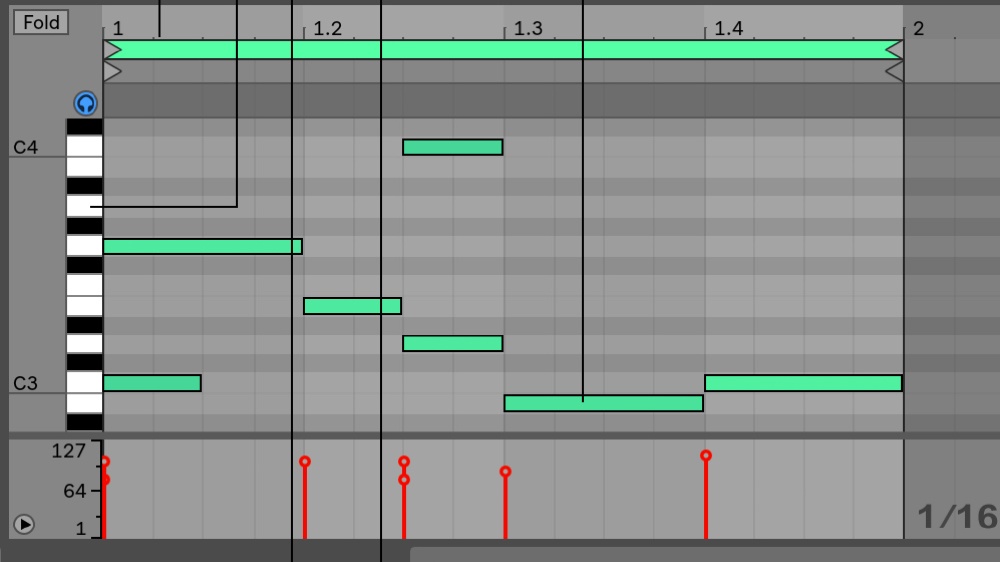
Become a critical listener through an understanding of music theory fundamentals.
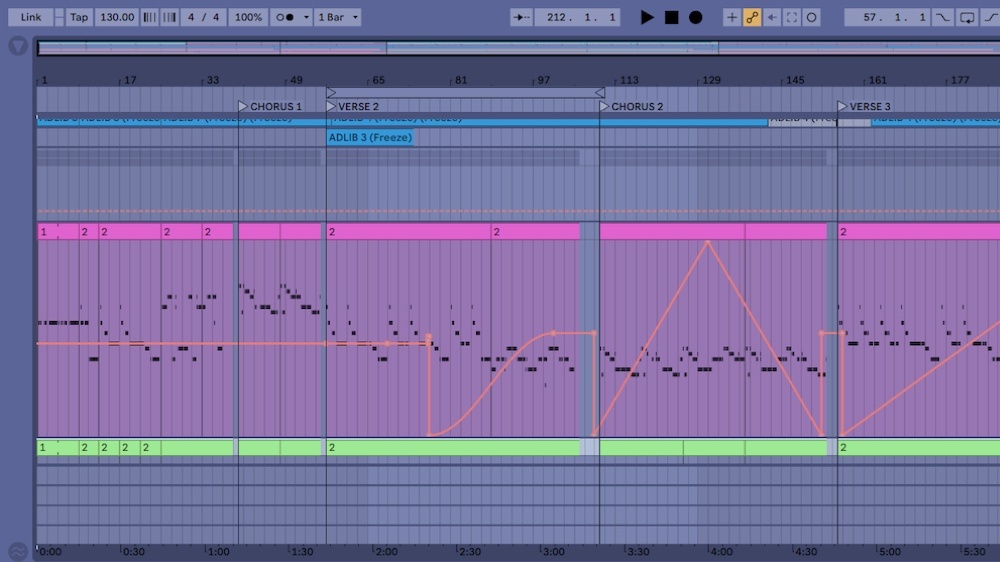
Build tension, climax, and excitement by learning the structure of a song.
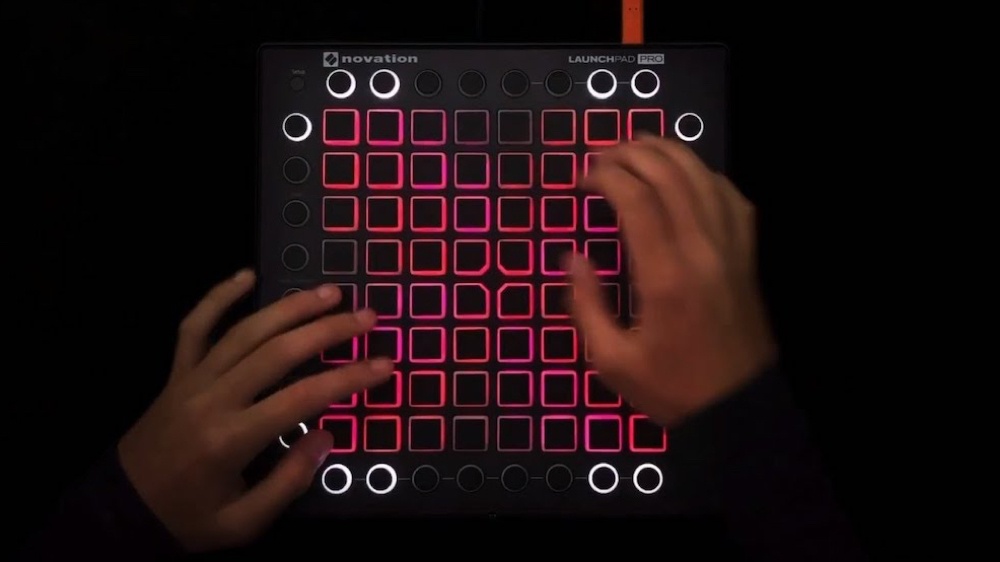
Use hands-on instruments and controllers to reinterpret, layer, and manipulate musical ideas to become a performance pro.
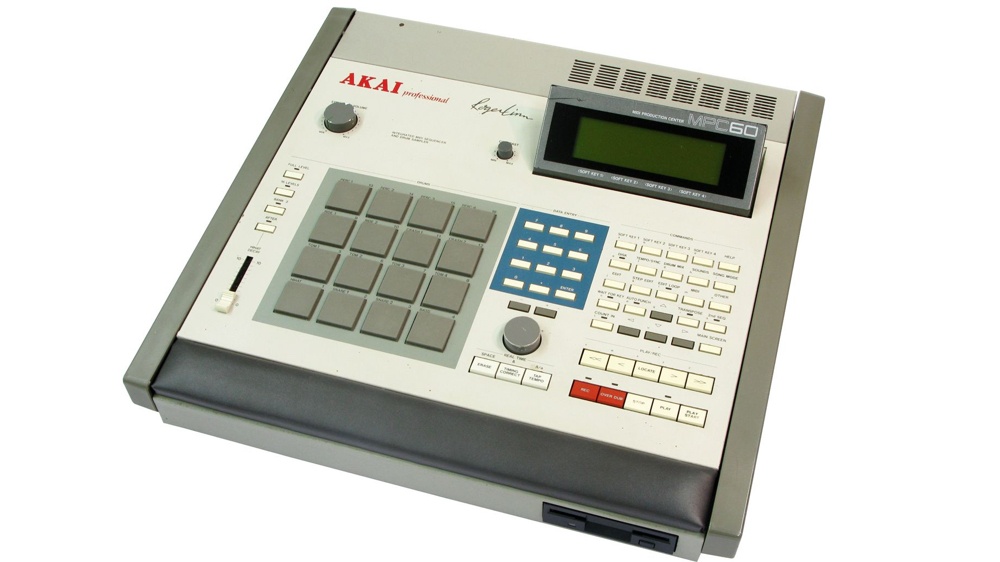
Study the past, present, and future of Electronic Music Production.
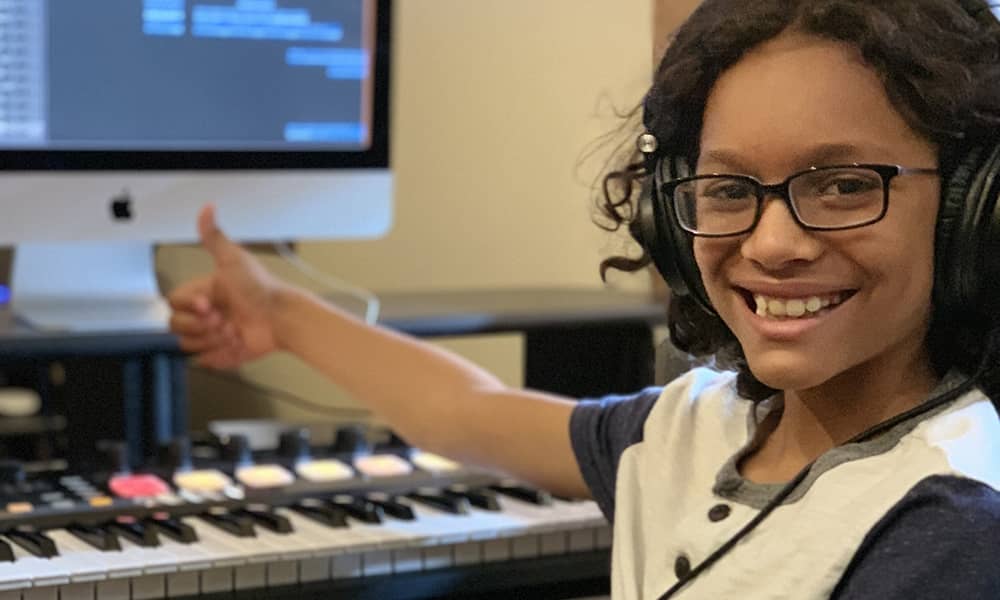
🎶 Learn the core skills needed to create music
🎶 Receive hands-on learning (say goodbye to boring YouTube tutorials!)
🎶 Create original music & samples with Ableton Live
🎶 Make new friends
🎶 Build confidence
🎶 Discover new interests
🎶 Have fun!
Check out Soundwave Scholars, a series in which Electronic Music Production instructors Jason Cohen and Walsh Kunkel spotlight their students’ original tracks.
Read the blog posts to hear original music produced by our students, learn about their EMP experiences, and discover the process of making a song.

Email us at info@stagesmusicarts.com, give us a call at 443-353-5300, or click the button below.
10 Stenersen Lane
Cockeysville, MD 21030
Get Directions
Phone: (443) 353-5300
Email: info@stagesmusicarts.com